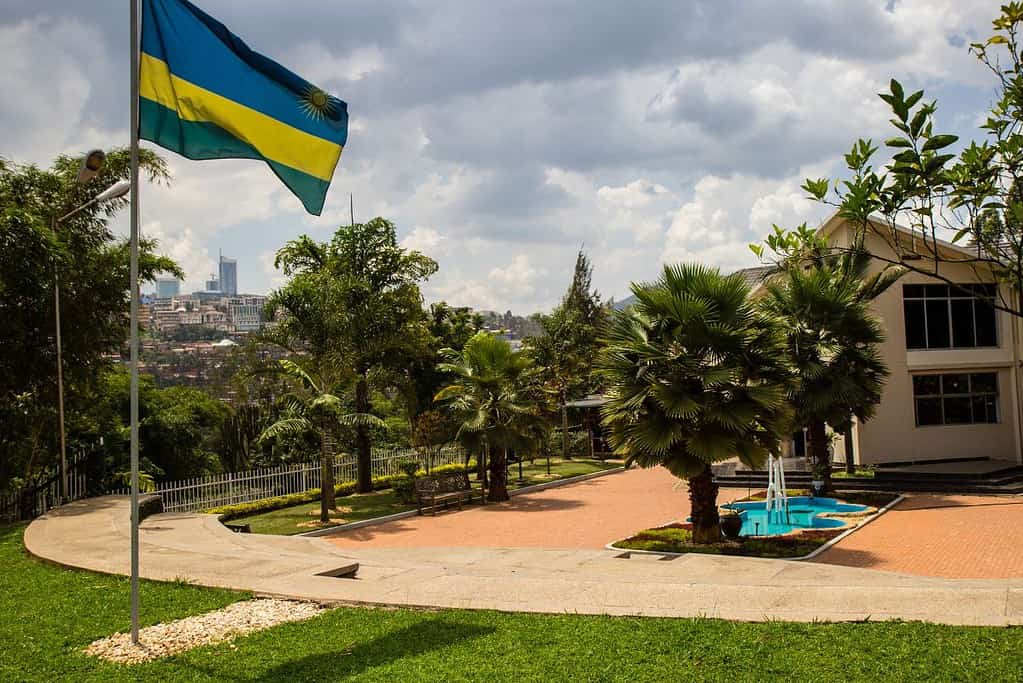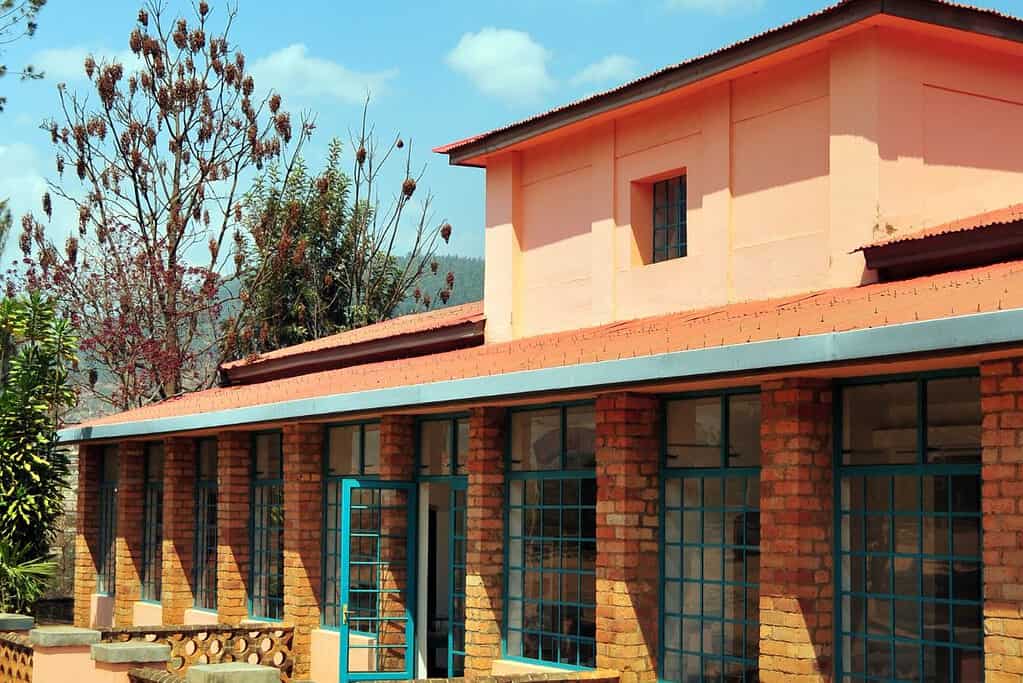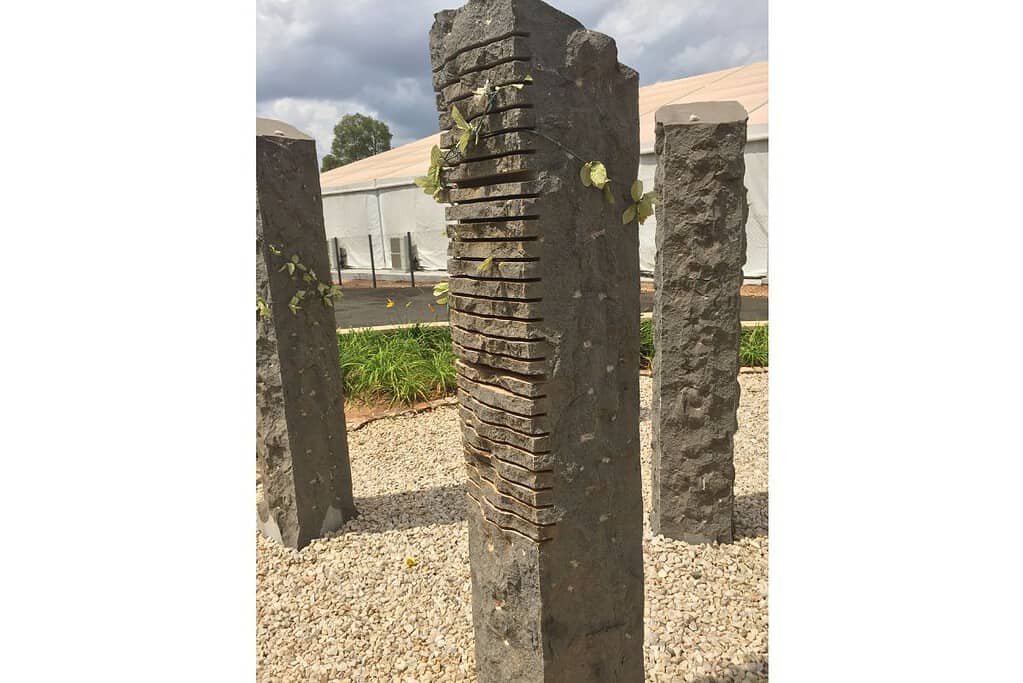Kigali, the heart and capital of Rwanda, stands as a beacon of hope and resilience in the heart of Africa. This city, characterized by its rolling hills and bustling streets, is not just a modern metropolis but also a canvas displaying the rich tapestry of Rwanda’s history. For travelers eager to understand the depths of this country’s past, Kigali offers a profound journey through time. This blog explores the most significant historical landmarks in Kigali, each telling a story of triumph, tragedy, and timeless resilience.
Table of Contents
1. The Kigali Genocide Memorial
At the top of any historical tour of Kigali must be the Kigali Genocide Memorial. Established in 2004, on the 10th anniversary of the Rwandan genocide, the memorial is both a burial site and an educational centre. Over 250,000 victims of the genocide are buried here, making it a place of significant mourning and remembrance.

The memorial is divided into three permanent exhibitions, each focusing on a different aspect of the genocide. The main exhibition offers a detailed account of the 1994 genocide against the Tutsi, providing insights into the events leading up to, during, and following the tragic events. Another exhibition places the Rwandan genocide in the context of other genocides around the world, promoting a global perspective on the issue of ethnic violence.
A visit to the Kigali Genocide Memorial is an emotional experience, but it is essential for anyone wishing to understand Rwanda’s recent history and the steps the country has taken towards reconciliation and peace.
2. Presidential Palace Museum
The former residence of President Habyarimana, the Presidential Palace Museum is a fascinating site that offers a glimpse into the political history of Rwanda. The palace, located in the eastern outskirts of Kigali, became a museum in 2009 and has since served as a window into the lifestyle of Rwanda’s former leaders.
The museum is perhaps most notorious for the remains of the presidential Falcon 50 jet, which are preserved in its back garden. The plane crash in 1994, which killed President Habyarimana and the president of Burundi, Cyprien Ntaryamira, is widely considered a catalyst for the genocide. Visitors to the museum can explore the interiors of the palace, which remain largely intact, and view the debris of the ill-fated aircraft—a stark reminder of the country’s turbulent past.
3. Natural History Museum – Kandt House
To understand Kigali’s pre-colonial and colonial history, a visit to the Richard Kandt House is a must. This house was once the residence of Dr. Richard Kandt, the first colonial resident of Rwanda under German rule. Today, it serves as Rwanda’s Natural History Museum and offers insights not only into the colonial times of Rwanda but also its natural history.

The museum showcases Rwanda’s rich biodiversity, including its geology, flora, and fauna. Exhibits include detailed maps, traditional crafts, and taxidermied animals native to the region. The museum also explores the impact of colonial rule on Rwanda’s social fabric and natural resources, making it an essential stop for history buffs and nature lovers alike.
4. Camp Kigali Belgian Monument
A lesser-known but profoundly impactful site is the Camp Kigali Belgian Monument. This small museum is dedicated to the ten Belgian UN peacekeepers who were murdered at the onset of the genocide in 1994. The monument consists of ten stone columns, each representing one of the soldiers, and is a somber reminder of the international impact of Rwanda’s tragedies.

The site offers guided tours that explain the events leading up to the killings, providing visitors with a deeper understanding of the complex political environment during the early days of the genocide.
5. Nyamirambo Women’s Centre
The Nyamirambo Women’s Centre offers a unique cultural experience that connects visitors with Kigali’s vibrant community. While not a historical site in the traditional sense, the centre is significant for its role in empowering local women through education and employment opportunities. The centre offers walking tours of Nyamirambo, one of Kigali’s oldest and most diverse neighborhoods. These tours provide insights into the everyday life and culture of Rwanda, showcasing the resilience and spirit of its people.
Visitors can also participate in traditional cooking classes, storytelling sessions, and craft workshops, making the Nyamirambo Women’s Centre a place of learning and cultural exchange.
Conclusion
Kigali, with its serene beauty and poignant historical sites, offers a narrative of a nation that has endured and overcome. Each landmark tells a part of Rwanda’s story, from pre-colonial times through its colonial past, to the depths of human tragedy, and onto its rebirth and ongoing transformation. For those who wish to truly understand the soul of Rwanda, a visit to these historical landmarks in Kigali is an essential and unforgettable journey through time.
